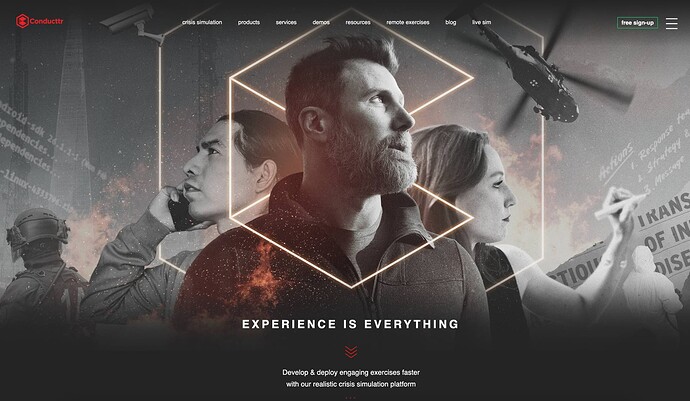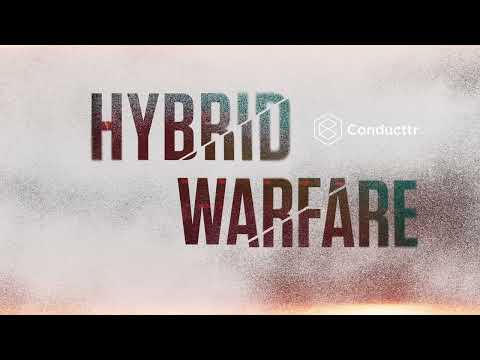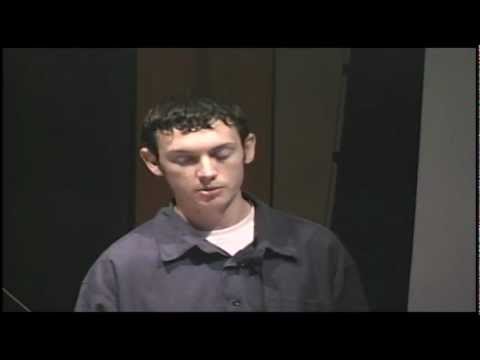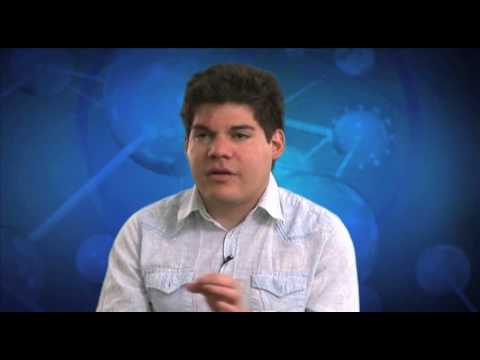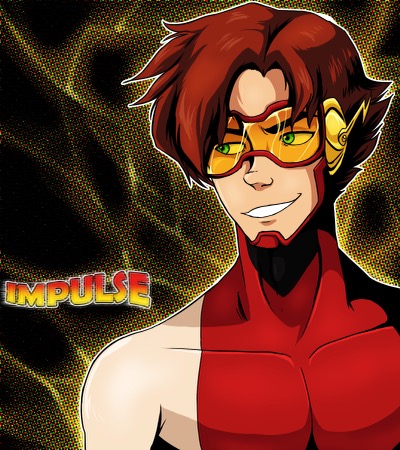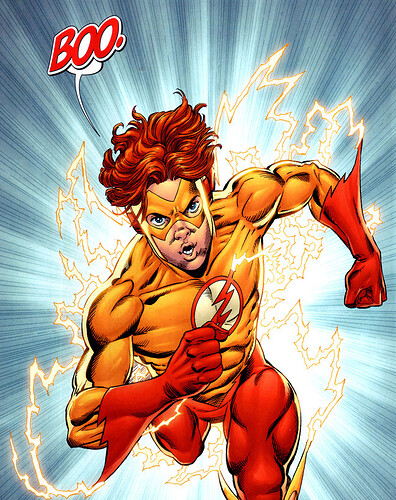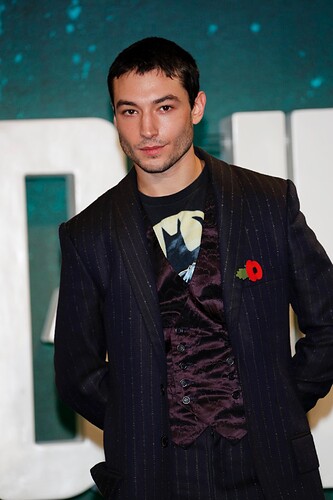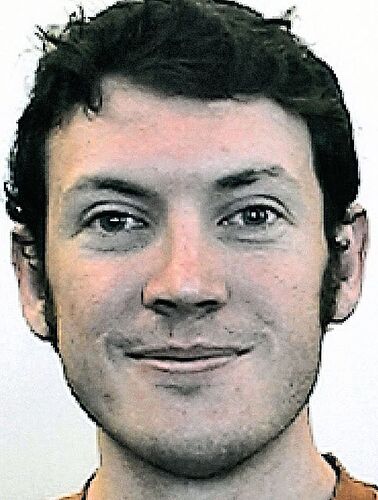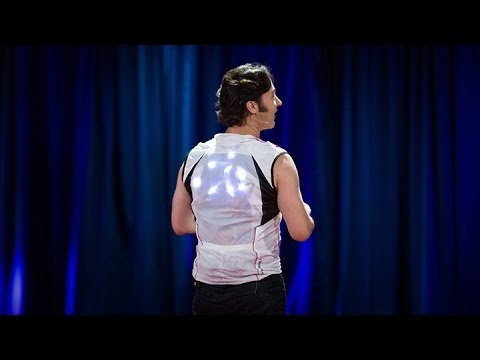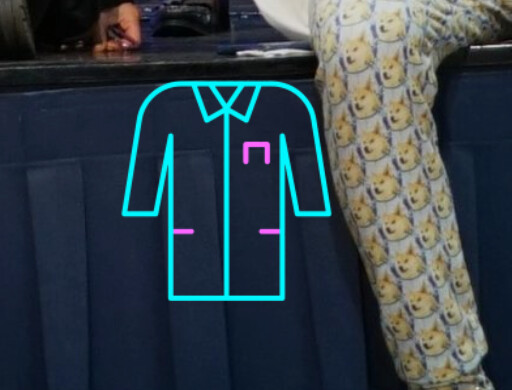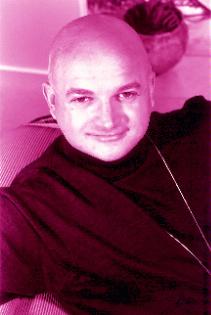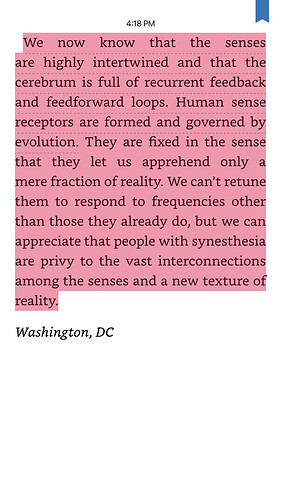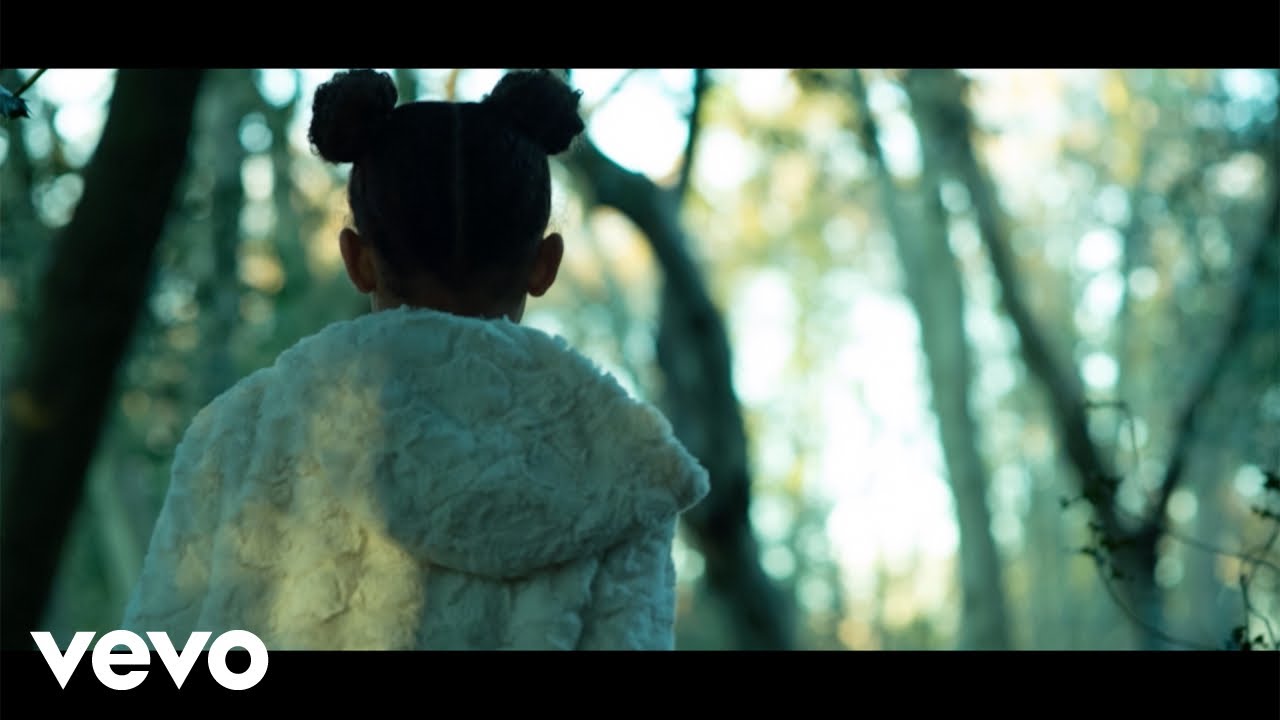With @Stephers working on her world-building research, I had cause to revisit some work I had done around transmedia learning / storytelling. Elaine Raybourn of Sandia National Labs and Advanced Distributed Learning Orlando is a key player, but I was trying to find another outfit that I thought was based in Europe. Today I found what I was looking for in a timeline I made for ed-tech back in 2018. It’s kind of interesting if you want to look it over. Short Timeline Education in the Cloud - Google Sheets
The firm was called Conductrr. At the time I don’t think there was anything about crisis acting, but now that seems to be their primary focus. Elaine Raybourn did presented at one of their conferences in 2016.
Their client list includes UK Defence Department and the United Nations.
My gut tells me this short video on hybrid information warfare has a lot of information about how we’re being managed.
They also have a division that works on “pervasive entertainment.” This is that YT channel.
This is a book on transmedia storytelling by the rounder Robert Pratten.
This is another book on the topic by an Italian producer Max Giovagnoli:
https://www.linkedin.com/in/maxgiovagnoli/?originalSubdomain=it
However, let’s start with an example taken, this time, from the experience of an alternate reality game. It all begins on the morning of May 18, 2007, when the face of the actor Aaron Eckhart and the slogan I Believe in Harvey Dent suddenly appear on hundreds of election posters in ten big American cities. But it couldn’t have been an actual election… In fact, after 48 hours, the posters and brochures are brutally vandalized. At this point, the audience’s attention is captured. The mysterious candidate’s face now has dark circles around his eyes, ugly bruises on the cheekbones and a diabolic sneer. During the night, the word “Too” has been added to the slogan. Batman and Marvel Universe lovers are the first to understand what is happening and start to spread the news online. For everyone else, a phantom election website is already online (ibelieveinharleydent.com) and the mystery is revealed: Dent has entered the list of candidates for the District Attorney’s Office in Gotham City, and he needs our votes in order to fight organized crime. Before this faux election campaign, rumors of a Batman Begins sequel had already started to spread. It would be, however, more than a year after the viral marketing’s initiation until the release of The Dark Knight… Another two days pass and another website appears- that of the most formidable opponent of Dent and the election posters’ vandal: the Joker (ibelieveinharveydenttoo.com). At this point, the imaginative universe of the tale is totally set. The movie’s marketing campaign has just started the longest and best paid alternate reality game (ARG) in the history of film promotion, created by 42 Entertainment with Jordan Weisman. But what is an arg in practical terms? Michele Giuliani writes the following about The Dark Knight project: This was just the beginning, if using a specific jargon it is the “Rabbit hole” or “Trailhead” of a long viral campaign, of the innovative variation of the Alternate Reality Game (ARG). […] A sort of role playing game in an environment that is consistent with the merchandized product; an interactive narrative that uses the actual world as a platform, simultaneously involving multiple media in order to develop the plot created by directors, or master-puppets. Thus, gradually, players will deal with a multitude of ad-hoc websites; in parallel with this, they will be involved in some live “treasure hunts” or they will create different events, physically speaking, in the actual world […]. However, unlike a regular role playing game, when playing the ARG you don’t have another identity and time expands through silences and unexpected new clues. Also the 22 rules are not illustrated but they develop by practicing the game. […] Everybody is aware of the fact that it is a game, but you interact with events and characters, considering them as an integral part of reality.[23] A week later, the Joker’s new website (whysoserious.com) urges users to download photos which show how they have vandalized the city or tormented their friends; above all, it urges them to take part in a new crime game “launched” strategically on Halloween night. In November, an online daily newspaper (TheGothamTimes.com) is ‘published’, followed by the TheHa-HaHaTimes.com by the Joker. The newspaper includes links to the Portal of the Gotham Police Department (WeAreTheAnswer.org), the bank that will be held up by the Joker in the trailer (GothamNationalBank.com) and photos of damage to the city incurred during the final pursuit in Batman Begins (GothamCityRail.com). During the following months, the events lead up to a totally unexpected turning point. The death of the actor who plays the Joker (Heath Ledger) forces the creators to shift the ARG’s narrative focus to Harvey Dent’s character, who will, in fact, play Two-Face in the movie, another one of Batman’s arch-enemies. Several weeks are devoted to the diffusion of fake messages sent by Dent via mobile, requests for online submissions to his electoral campaign and distribution of gadgets all over the city… and everything happens without involving the protagonist of the movie (this time his name doesn’t even appear in the title). Meanwhile, the launch of the movie is impending, but there is still time to play one more game. One night in Chicago, the police (the actual ones) stop a public “Dentmobile” full of the attorney’s noisy fans, while a group called “Clowns against Dent” posts some threatening videos on YouTube. Soon after, Dent announces a live web-stream press-conference, which was canceled at the last minute because the candidate was somewhere else. An mp3 file later discloses how in a restaurant (Rossi’sDeli.com), a policeman (FrankNotaro.com) took a woman hostage, asking for the protection of his family and his own life. It was Dent himself who negotiated with the man, first saving the woman, and then assisting in the man’s arrest. At this point, the marketing of experience gives way to the marketing of the story. The alternate world of Dent is the actual one of Batman. The evil face of the Joker on the Web is the tragic one of the dead actor. Grassroots video of amateur ‘joker’ vandals as well as more collective efforts, like one of a surreal duel on a racetrack between a Toyota F1 and 23 Batmobile. The quests and trials promoted by the viral campaign are now replaced by ambient marketing sets, which reshape the urban landscape and bring to mind buildings and skyscrapers of the mythical Gotham; they are also replaced by beamvertising, which promotes the movie thanks to brilliant projections on building and monument facades all around the world. And now the time has come to tell the film’s story. Time to let the characters talk, and no longer autonomously. Time to spotlight the “new” Batman, reaffirming the anagnorisis (or tragic recognition) and the historical message of this superhero created by Kane and Finger: the homousia between Good and Evil, understood as the two inseparable sides of a single matter (which is “doubled” through the comparison Batman/Joker and Batman/Two Face), life and death with only a thin line in between (as also in the narrative).[24] Thus, something more than a simple “launch” of a movie or a basic advergame is created. The creation of a new imaginary universe – arg and viral campaign before, transmedia launch after – is based on some of the fundamental narrative elements of the semiosphere[25] by Lotman (from the characters’ point of view to the audience’s anthropological journey throughout the project), but is always very attentive to the active role of the transmedial audience of the project.
